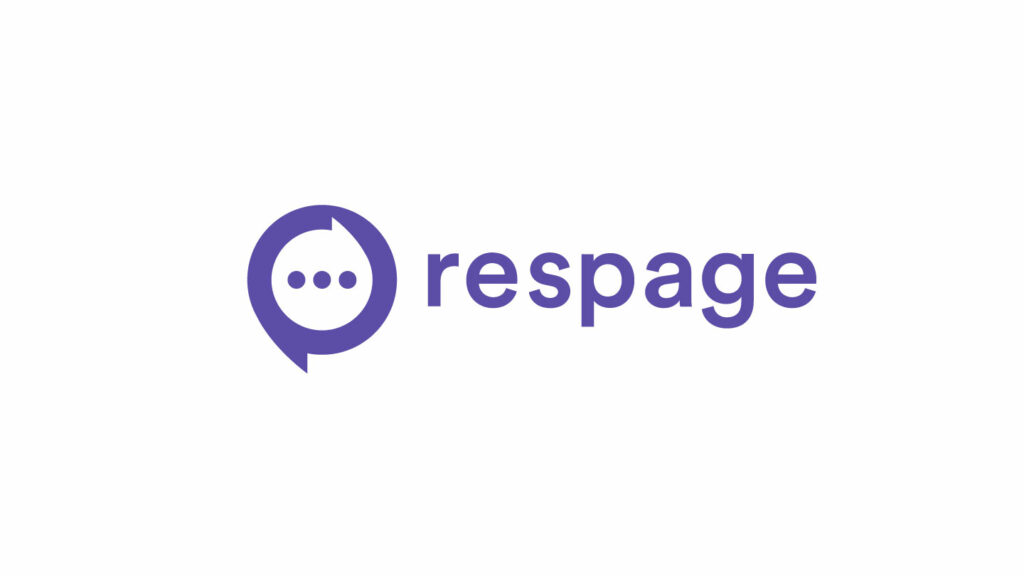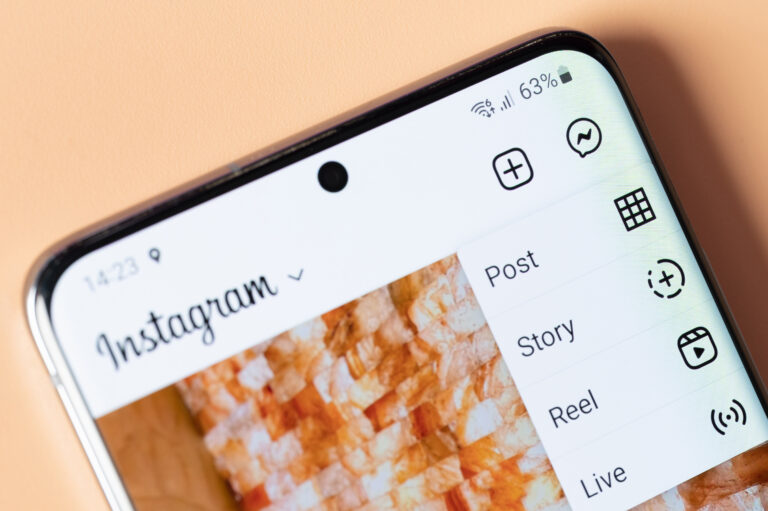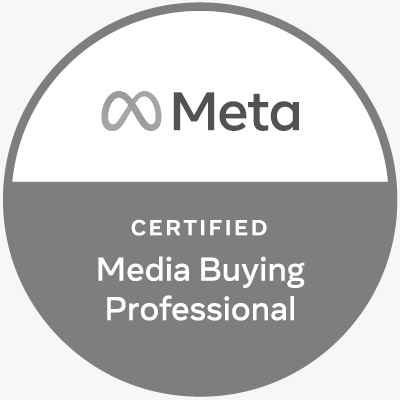Hurricane Sandy decimated the northeast, causing historic property damage and knocking out power to 2.5 million customers in New York and New Jersey alone. As the storm moved up the coast, mobile social media was the only information channel available to many of those in its path; and as flooding, fuel shortages and transportation issues remained in effect, social media was a primary way to get vital information in real time.
The National Weather Service, FEMA, state and local authorities, transit agencies, and schools used social media to communicate Sandy’s progress and effects. During the storm, Instagram users uploaded over 1 million photos with Sandy-related tags, likely making it the single most documented event in site history. When ConEd restored power to much of Lower Manhattan, the utility announced it in a series of tweets. Whether it was on desktops, tablets, or smartphones, social media was arguably the best source for Sandy-related information.
This isn’t an extraordinary achievement — it was a necessary one. Rather than being a traditional marketing tool, social media has deep, enduring value as an extension of your communication and customer service network. Whether you like it or not, residents look to social media as a direct line to community news and the property management office. The vast majority of Facebook and Twitter comments that we monitor are transactional; questions and service requests, rather than the positive or negative reviews that get so much attention. Residents see your social media sites as doors open around the clock, and retention rates may depend on you being as engaging and responsive as possible.
If disaster strikes, your staff will be on the ground in your community coordinating response. Whether they make updates themselves or work with an off-site social media partner, social media infrastructure helps them stay in touch with residents who may be home-bound or displaced. Property managers are free to focus on clean-up and restoration, secure in the knowledge that their communication base is little different than on a normal day.
Unlike TV or telephones, social media can survive the worst disaster. That means it’s essential to make a social media disaster plan. Staying “on the air” isn’t just the right thing to do — it reinforces your image as a community that puts residents first.





